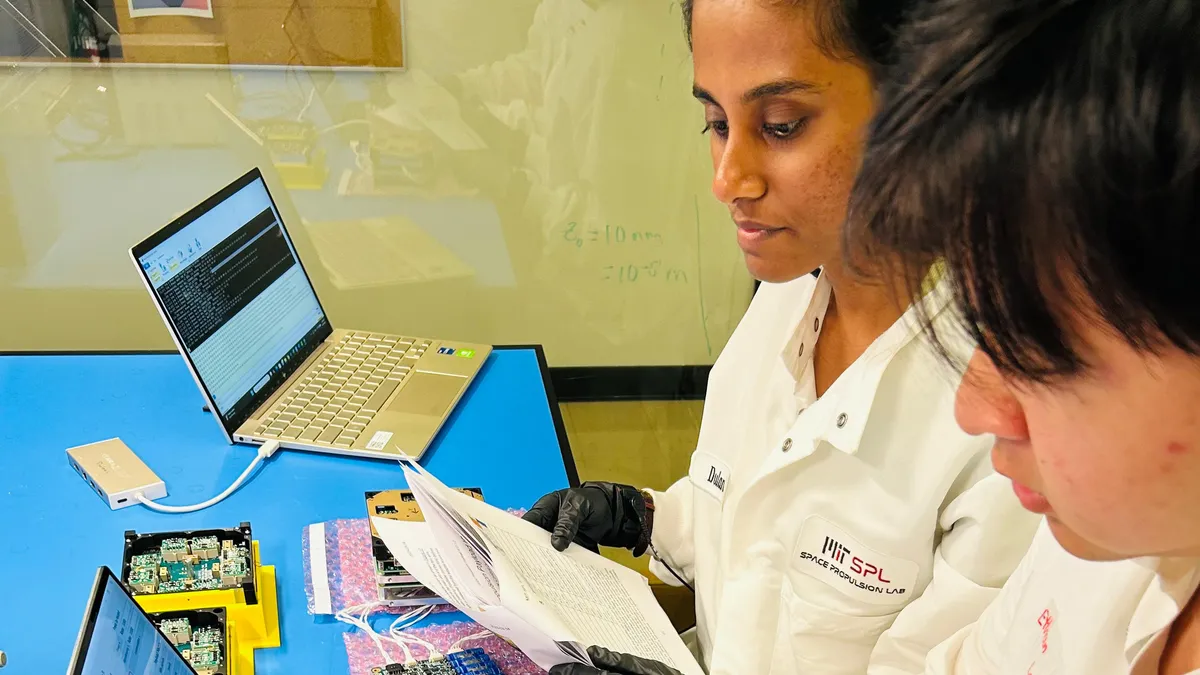NASA’s University SmallSat Technology Partnership (USTP) initiative offers opportunities for university researchers to help shape the future of space exploration in big ways.As a feature of NASA’s larger…
Blog
-
This incredible tech could make ACs obsolete and finally solve Global Warming forever – Neowin
- This incredible tech could make ACs obsolete and finally solve Global Warming forever Neowin
- Machine learning-assisted thermal analysis of propylene glycol nanofluid with dual flux and bioconvection over a Riga plate Nature
- Machine learning helps…
Continue Reading
-
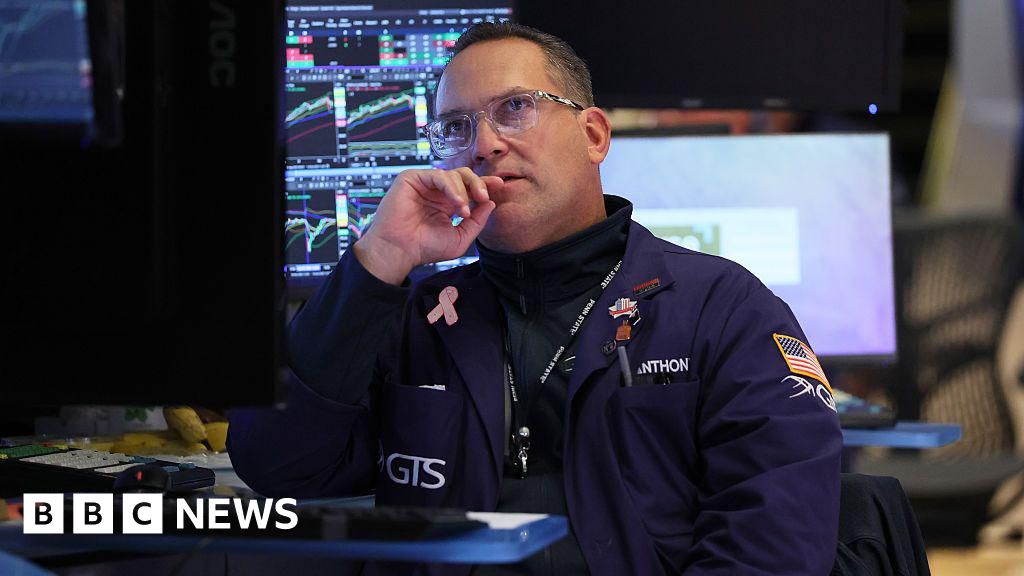
How nervous are investors about the stock market?
Every week it seems US financial markets are hit by another bout of fear.
The latest worries spread this week from the banking sector in the US, after two regional lenders warned they would be hit by losses from alleged fraud.
But before that, markets swooned over signs of rekindled US-China tensions, as the two superpowers face off over tariffs, advanced technology and access to rare earths.
The bankruptcies of car parts supplier First Brands and subprime car lender Tricolor acted as a trigger for nervous chatter in September.
Over the last month, US shares, which had been climbing since their tariff-induced rout in April, have flattened.
But in many ways the market swings so far – down roughly 3% at the steepest – are not unusual.
Zooming out, the major indexes have still posted gains since the start of the year, with the S&P 500 up roughly 13%. That’s smaller than 2024 but still solid.
“The market has done surprisingly well so far this year … driven by an improvement in corporate profits and the enthusiasm surrounding AI,” says Sam Stovall, chief investment strategist at CFRA Research.
The resilience of the stock market is, ironically, exactly what is driving some of the jitters.
Put simply, when set against other standard metrics like profits, share prices in the US are very high.
Meanwhile, concerns about a possible bubble emerging in the artificial intelligence (AI) industry have generated a steady undercurrent of talk since the start of the year – discussions that have ramped up as analysts struggle to see how the vast sums of money the biggest players are throwing at one another all fit together.
The Bank of England warned recently of “stretched valuations” and rising risk of a “sharp market correction”.
Those concerns were echoed in remarks from JP Morgan Chase boss Jamie Dimon and to some extent US central bank chair Jerome Powell.
The International Monetary Fund was the latest to chime in this week.
“Markets appear complacent as the ground shifts,” it said in its financial stability report, which noted risks from trade tensions, geopolitical uncertainty and rising sovereign indebtedness.
James Reilley, senior markets economist at Capital Economics, said the market falls triggered by the regional banks were a sign of investors alert to risk and moving quickly to reduce exposure amid uncertainty about whether the losses were indicative of wider issues.
But he said the brief nature of the drops showed how quickly such worries could clear.
Many investors remain optimistic, with analysts at firms such as Goldman Sachs and Wells Fargo in recent weeks boosting their forecasts for where the S&P 500 might climb by the end of the year.
David Lefkowitz, head of US equities at UBS Global Wealth Management, said he thought a sharp sell-off was unlikely at a time when growth in the US remains solid and the US central bank is lowering borrowing costs.
He is expecting the S&P 500 to end the year hovering around 6,900 points, about 4% higher than where it sits on Friday.
While he acknowledged the troubles popping up at banks, he noted that the lenders involved have alleged fraud.
He said the overall picture, when looking at default levels, appears healthy, and he saw little risk that demand for AI would suddenly decline, puncturing valuations.
“I’m not saying we’re in a bubble. I’m not saying we’re not in a bubble. The question is what’s going to drive the downside,” he said. “Things don’t usually spontaneously decline.”
A typical bull market – when shares are rising – lasts about four and a half years, said Mr Stovall.
With inflation still sticky, and investors wary of events in Washington, like the government shutdown and Trump administration’s efforts to influence the US central bank, this year’s market rally has been “unloved”, said Mr Stovall.
On the other hand, he noted: “It’s just a matter of time. Corrections and bear markets have not been repealed. They might simply be delayed.”
Continue Reading
-
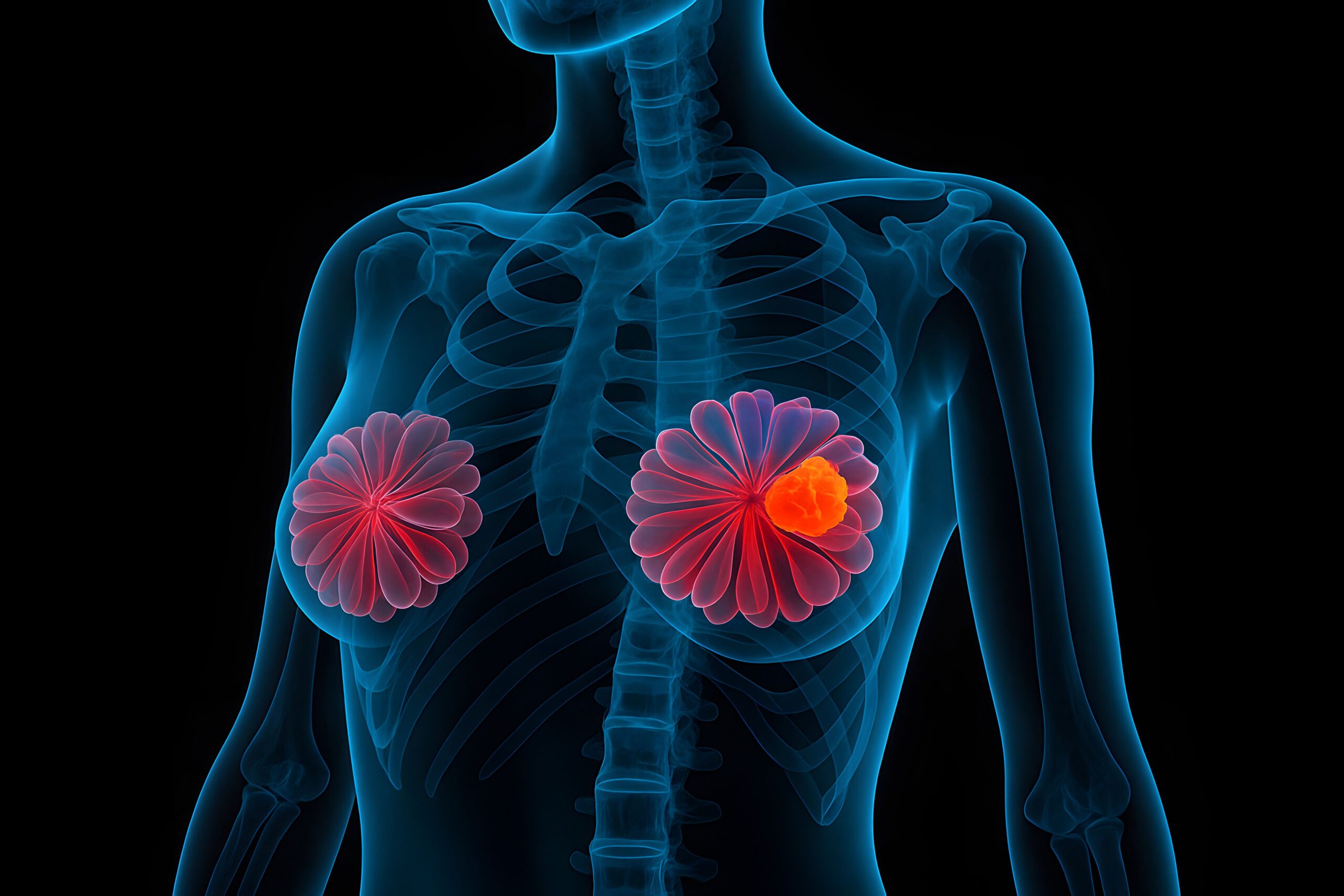
Abemaciclib Provides Long-Term Survival Benefit in High-Risk Early Breast Cancer
At 7 years, adjuvant abemaciclib (Verzenio; Eli Lilly) plus endocrine therapy (ET) resulted in statistically significant and clinically meaningful improvement in overall survival (OS) in patients with hormone receptor-positive (HR+)/HER2-negative (HER2–), node-positive, high-risk early breast cancer (eBC). The data, from the monarchE trial (NCT03155997), were presented at the European Society of Medical Oncology 2025 Congress.1
HR+/HER2– metastatic breast cancer (mBC) represents the most prevalent subtype, comprising approximately 72.7% of all breast cancer cases. Managing this population remains challenging, as tumors with HER2 alterations often exhibit aggressive behavior, underscoring the urgent need for more effective treatment options.2
Abemaciclib, a CDK4/6 inhibitor, has received multiple FDA approvals for use in combination with ET or aromatase inhibitors across various settings. The drug was first approved in 2017 as a monotherapy for adults with HR-positive, HER2-negative advanced or metastatic breast cancer whose disease had progressed following prior endocrine therapy. Since then, its indications have expanded as follows3:
- 2018: Approved in combination with an aromatase inhibitor as initial endocrine-based therapy for postmenopausal women with HR+/HER2– advanced or metastatic breast cancer.
- 2021: Approved in combination with ET (tamoxifen or an aromatase inhibitor) for the adjuvant treatment of adults with HR+/HER2–, node-positive, early breast cancer at high risk of recurrence.
- 2023: Indication expanded for use with ET in adults with HR+/HER2–, node-positive, early breast cancer at high risk of recurrence.
The phase 3 monarchEtrial was an open-label, randomized study evaluating adjuvant abemaciclib in combination with ET for patients with high-risk, HR+/HER2– eBC. Participants were assigned in a 1:1 ratio to receive ET for at least 5 years, with or without abemaciclib for the first 2 years.4
High-risk disease was defined as having either 4 or greater positive axillary lymph nodes (ALN) or 1 to 3 ALN with grade 3 disease and/or tumor size greater than or equal to 5 cm (Cohort 1). Patients with 1 to 3 ALN and centrally confirmed Ki-67 greater than or equal to 20% were included in Cohort 2. The intent-to-treat (ITT) population included both cohorts (n = 5637).4
“[The trial] enrolled high-risk patients—those with either 4 or more positive lymph nodes, or 1 to 3 nodes with grade 3 disease or a large tumor size. An additional cohort included patients with lower clinicopathologic risk features, but a high Ki-67 index,” Stephen R. D. Johnston, MA, FRCP, PhD, professor of Breast Cancer Medicine Breast Unit Department of Medicine Royal Marsden Hospital London, said. “Following local and regional therapy, and chemotherapy in approximately 95% of these high-risk patients, participants were randomized to receive either endocrine therapy alone or endocrine therapy plus two years of abemaciclib.”
The primary end point, EFS, was assessed with OS designated as a key secondary end point. Because the type 1 error was not controlled, OS was evaluated using a gated testing strategy after the primary invasive disease-free survival analysis. Following discussions with regulators, the target number of events was increased from 390 to 650 to allow a minimum follow-up of 5 years and to generate a more mature and robust survival dataset.4
After a median follow-up of 6.3 years, 301 deaths occurred in the abemaciclib plus ET arm compared with 360 in the ET-alone arm. The addition of abemaciclib reduced the risk of death by 15.8%(HR, 0.84; 95% CI, 0.72–0.98; P = .027), achieving statistical significance.4
OS improvement was observed across all predefined subgroups. Durable benefits in IDFS and distant relapse–free survival (DRFS) was maintained through 7 years, with hazard ratios of 0.73 (95% CI, 0.66–0.82) and 0.75 (95% CI, 0.66–0.84), respectively.4
At 7 years, IDFS rates were 77.4% with abemaciclib plus ET vs 70.9% with ET alone, while DRFS rates were 80.0%vs74.9%, representing absolute gains of 6.5% and 5.1%. More patients in the ET-only arm (52%) went on to receive CDK4/6 inhibitors in the metastatic setting than in the abemaciclib plus ET arm (34%). In cohort 1, results for IDFS, DRFS, and OS were consistent with the ITT findings. Long-term safety data showed no new or delayed toxicities.4
Two years of adjuvant abemaciclib combined with ET produced a statistically significant and clinically meaningful OS advantage compared with ET alone in patients with HR+/HER2–, node-positive, high-risk eBC. Sustained improvements in IDFS and DRFS were maintained through 7 years, reinforcing the long-term benefit of this treatment approach.4
“The addition of abemaciclib results in a 1% difference in 5 years, 1.3% in 6 years, 1.8% at 7 years,” said Stephen R. D. Johnston, MA, FRCP, PhD, professor of Breast Cancer Medicine Breast Unit Department of Medicine Royal Marsden Hospital London, “so with a median follow up of 6.3 years, abemaciclib has reduced the risk of death by 15.8% compared to endocrine therapy alone.”
These findings highlight the sustained efficacy of adjuvant abemaciclib when added to endocrine therapy, demonstrating not only improved survival outcomes but also a meaningful reduction in disease recurrence and progression to metastatic breast cancer. By lowering the number of patients who develop metastatic disease, the therapy may further enhance long-term overall survival, reinforcing its role as a critical treatment option for patients with high-risk HR+/HER2– early breast cancer.
“In conclusion, the primary OS analysis demonstrates that 2 years of abemaciclib combined with [ET] resulted in a statistically significant improvement in [OS] in the ITT population, reducing the risk of death by 15.8%,” explained Johnston. “Importantly, this translates into a clinically meaningful impact, with fewer patients developing metastatic disease—approximately 30% fewer—an effect that is expected to contribute to an even greater overall survival benefit over time.”
REFERENCES
1. Endocrine therapy with or without abemaciclib (LY2835219) following surgery in participants with breast cancer (monarchE). Updated April 20, 2025. Accessed August 28, 2025.
https://clinicaltrials.gov/study/NCT03155997 2. Gerlach A. Patritumab deruxtecan meets primary end point in ICARUS-BREAST01 trial. Pharmacy Times. September 9, 2025. Accessed October 17, 2025.
https://www.pharmacytimes.com/view/patritumab-deruxtecan-meets-primary-end-point-in-icarus-breast01-trial 3. Gerlach A. Abemaciclib plus endocrine therapy improves survival in patients with HR+/HER2– breast cancer. Pharmacy Times. August 28, 2025. Accessed October 17, 2025.
https://www.pharmacytimes.com/view/abemaciclib-plus-endocrine-therapy-improves-survival-in-patients-with-hr-her2-breast-cancer 4. Johnston S, Martin M, O’Shaughnessy J, et al. LBA13 – monarchE: Primary overall survival (OS) results of adjuvant abemaciclib + endocrine therapy (ET) for HR+, HER2-, high-risk early breast cancer (EBC). Presented at: European Society of Medical Oncology 2025 Congress. October 17, 2025, to October 21, 2025. Abstract LBA13
Continue Reading
-

‘Saturday Night Live’ Releases Promos for Sabrina Carpenter Episode
Is “Sabrina and the City” the latest Sex and the City spinoff? Not quite. But it is the premise for Saturday Night Live’s first teaser for pop star Sabrina Carpenter’s upcoming episode.
The Man’s Best Friend singer, who…
Continue Reading
-

Japanese astronaut snaps stunning aurora photo from orbit | On the International Space Station Oct. 13 – 17, 2025
Science and maintenance work continued this week aboard the International Space Station (ISS), but updates regarding those activities are still all but halted by the U.S. government shutdown. Japanese astronaut Kimiya Yui’s social media posts…
Continue Reading
-
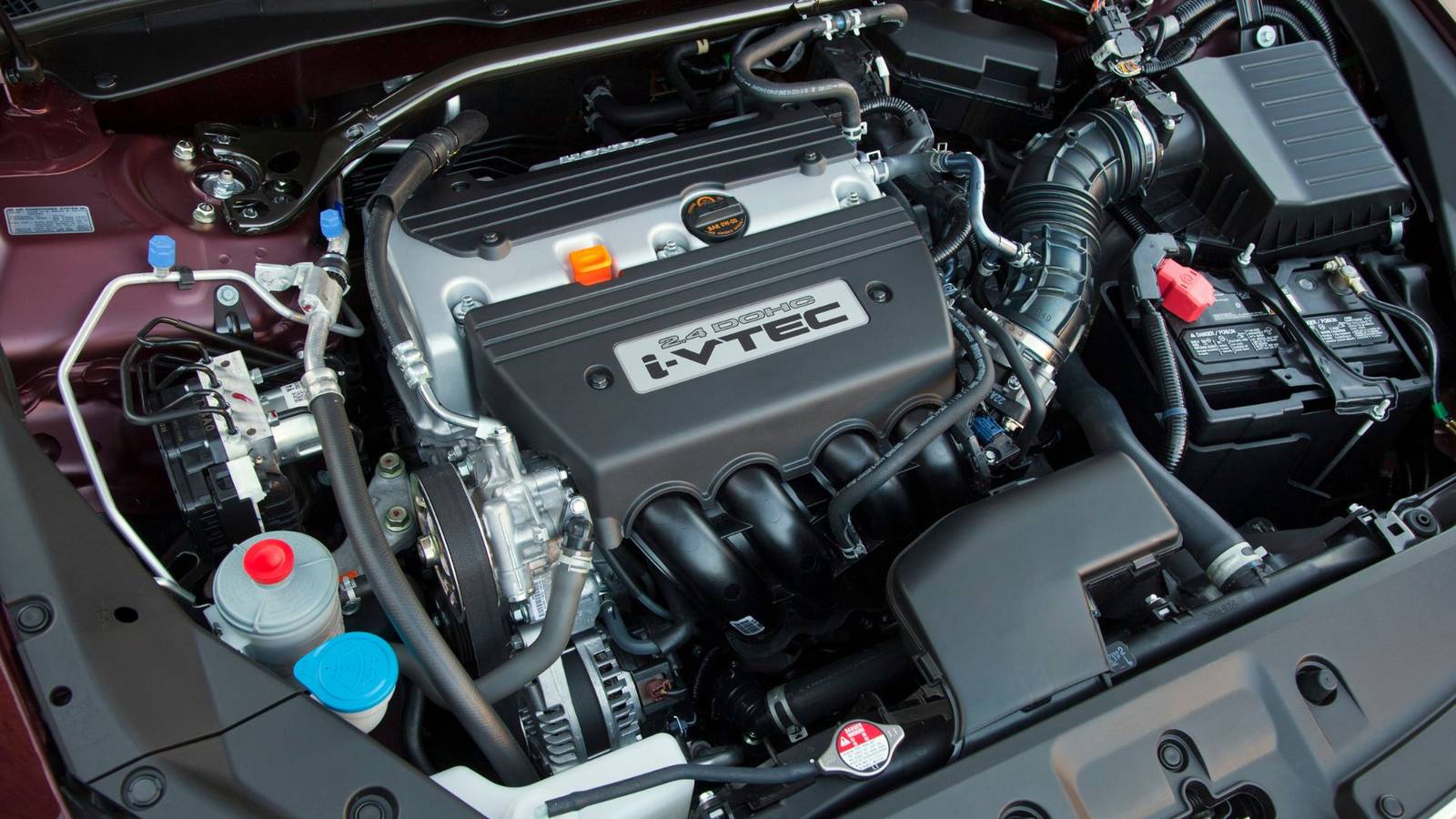
What Makes The K-Series One Of The Best 4-Cylinders Ever?
Japan is the land of iconic engines. This small island across the Pacific has given us infinitely reliable yet tunable motors that can push well beyond their factory figures, or even shrug at the sight of an aftermarket turbocharger….
Continue Reading
-
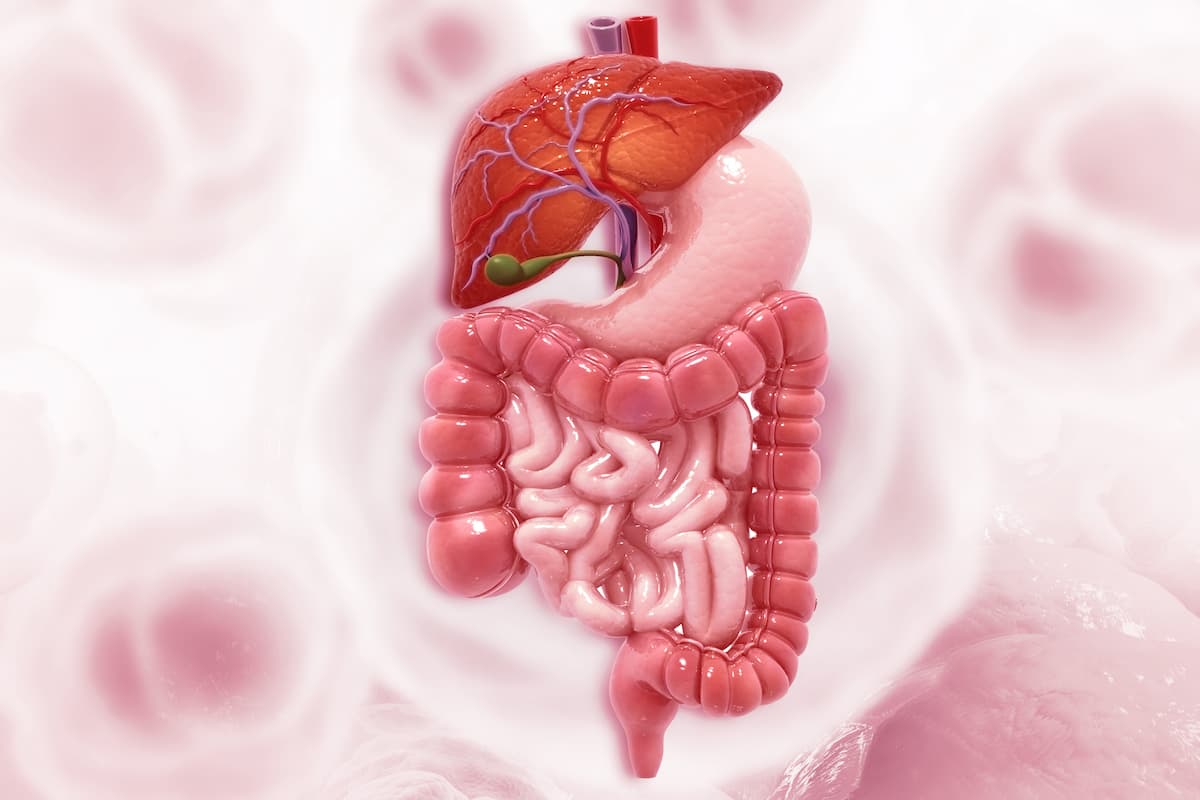
Regorafenib/Nivolumab Exhibits Nonsuperior Survival in Gastric Cancer
Regorafenib (Stivarga) plus nivolumab (Opdivo) displayed noninferior survival and a numerically higher response rate and disease control rate (DCR) compared with chemotherapy for patients with previously treated, refractory, advanced gastric or gastroesophageal junction (GEJ) cancer, according to findings from the phase 3 INTEGRATE IIb (NCT04879368) presented at the
European Society for Medical Oncology (ESMO) Congress 2025 .Among patients in the intent-to-treatment population in the regorafenib arm (n = 309) vs the chemotherapy arm (n = 153), the median overall survival (OS) was 5.9 months vs 6.3 months (HR, 0.88; 95% CI, 0.71-1.09; P = .23). Additionally, the median progression-free survival (PFS) in the respective arms was 1.9 months (95% CI, 1.8-2.0) vs 1.9 months (95% CI, 1.8-2.0; HR, 0.85; 95% CI, 0.69-1.05).
Furthermore, a numerically higher objective response rate (ORR) was observed among patients treated with regorafenib plus nivolumab vs chemotherapy, with respective rates of 7.4% vs 2.6% (OR, 2.99; 95% CI, 1.00-12.11). The DCR in the regorafenib and chemotherapy arms was 39% vs 26% (OR, 1.84; 95% CI, 1.18-2.90), with 12-month DCR rates of 14% (95% CI, 8.5%-21%) vs 0% (95% CI, not estimable [NE]), respectively.
Global quality of life (QOL) was numerically improved with regorafenib, with 12-month deterioration-free rates of 3.9% (95% CI, 2.1%-6.5%) vs 0.7% (95% CI, <0.1%-3.5%) with chemotherapy (HR, 0.74; 95% CI, 0.60-0.91). Additionally, the physical functioning QOL scores exhibited similar values, with event-free rates of 3.9% (95% CI, 2.1%-6.5%) and 0.7% (95% CI, <0.1%-3.5%), respectively (HR, 0.86; 95% CI, 0.70-1.05).
“[Regorafenib plus nivolumab] was not superior to investigator’s choice of chemotherapy in third- or later-line treatment,” presenting investigator, David Goldstein, MBBS, FRACP, PRCP, conjoint clinical professor and senior staff specialist in the Department of Medical Oncology at Prince of Wales Hospital in Syndey, Australia, stated in the presentation. “We note that secondary end points of ORR and DCR were numerically higher in the [experimental] arm, without any adverse impact on global QOL and a prolonged 12-month time to deterioration in the regorafenib/nivolumab arm.”
In the phase 3 AGITG intergroup study, patients with unresectable locally advanced, metastatic, or recurrent gastric or GEJ adenocarcinoma who previously received at least 2 prior lines of chemotherapy—including a platinum-containing agent and fluoropyrimidine —were randomly assigned 2:1 to receive the regorafenib/nivolumab regimen or chemotherapy. Those eligible for enrollment also must have had an ECOG performance status of 0 or 1, and those with HER2-positive disease must have received trastuzumab (Herceptin).
Treatment in the investigational arm consisted of 90 mg of daily oral regorafenib on days 1 to 21 of each 28-day cycle and intravenous nivolumab at 240 mg on day 1 of each 14-day cycle for 2 months of treatment, followed by 480 mg of intravenous nivolumab on day 1 of 28-day cycles. The chemotherapy regimen used was determined by the investigator’s choice and consisted of taxane-based chemotherapy (25%), irinotecan (25%), or trifluridine/tipiracil (Lonsurf; 49%). In both arms, treatment continued in the absence of disease progression or unacceptable toxicity.
In the investigational and control arms, 48% in each arm were treated in Asia, 73% vs 75% were male, and the median age was 63 years (range, 22-85) vs 63 years (range, 24-83). Most patients were previously treated with VEGF inhibitors (61% vs 59%), had an ECOG performance status of 1 (57% vs 55%), and had gastric disease (63% vs 59%). A total of 33% vs 33% received prior immunotherapy, 44% vs 44% received more than 2 prior lines of therapy, and 50% vs 48% had more than 2 metastatic sites of disease.
The primary end point of the study was OS. Secondary end points included PFS, ORR, DCR, QOL, and safety.
Any-grade adverse effects (AEs) were observed in 98% of the regorafenib/nivolumab arm vs 92% of the chemotherapy arm; 58% vs 38%, 8% vs 10%, and 4% vs 1% experienced grade 3, 4, and 5 AEs, respectively. The frequency of serious AEs (SAEs) in either arm was 41% vs 25%. However, Goldstein noted that an expedited reporting for SAEs was not required in the chemotherapy arm, and an imbalance in the reporting of these events was expected.
The most common grade 3 or higher AEs in the investigational and control arms included neutrophil count decreases (3% vs 18%), anemia (6% vs 9%), fatigue (6% vs 4%), nausea (1% vs 7%), aspartate aminotransferase increases (5% vs 3%), and platelet count decreases (6% vs 2%).
Reference
Goldstein D, Sjoquist K, Espinosa D, et al. Regorafenib plus nivolumab vs investigator’s choice of chemotherapy in previously treated gastric or gastroesophageal cancer: INTEGRATE IIb, a randomized phase 3 AGITG Intergroup [NHMRC-CTC/IKF/AIO, ACCRU, TCOG/NHRI] study. Presented at the European Society for Medical Oncology (ESMO) Congress 2025; October 17-21, 2025; Berlin, Germany. Abstract LBA80.
Continue Reading
-
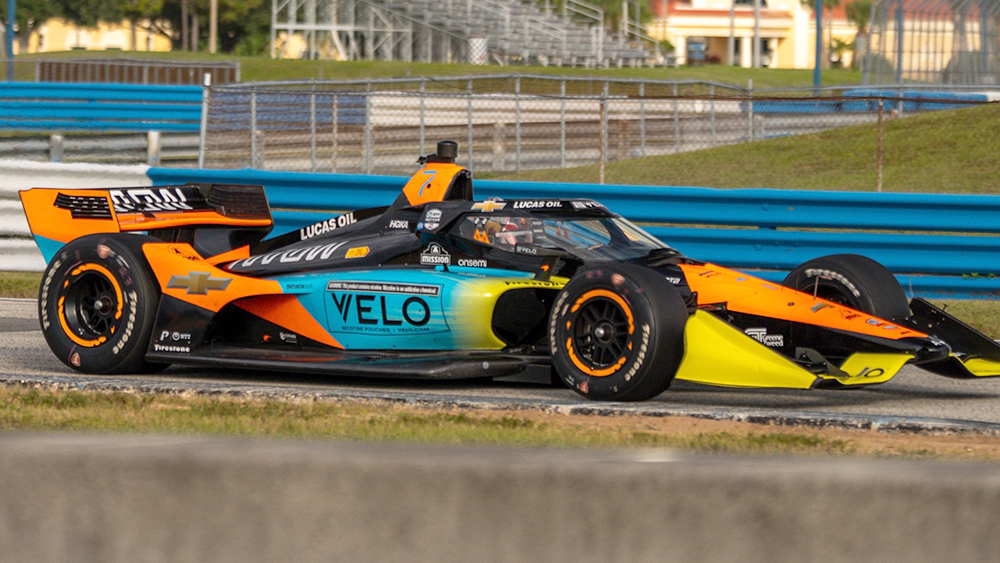
Enzo Fittipaldi Happy To Help Arrow McLaren Dial In at Test
Enzo Fittipaldi strapped into NTT INDYCAR SERIES machinery for just the third time in his career Wednesday, Oct. 14.
He completed a full day of testing in the No. 7 Arrow McLaren Chevrolet during a private session at Sebring…
Continue Reading
-
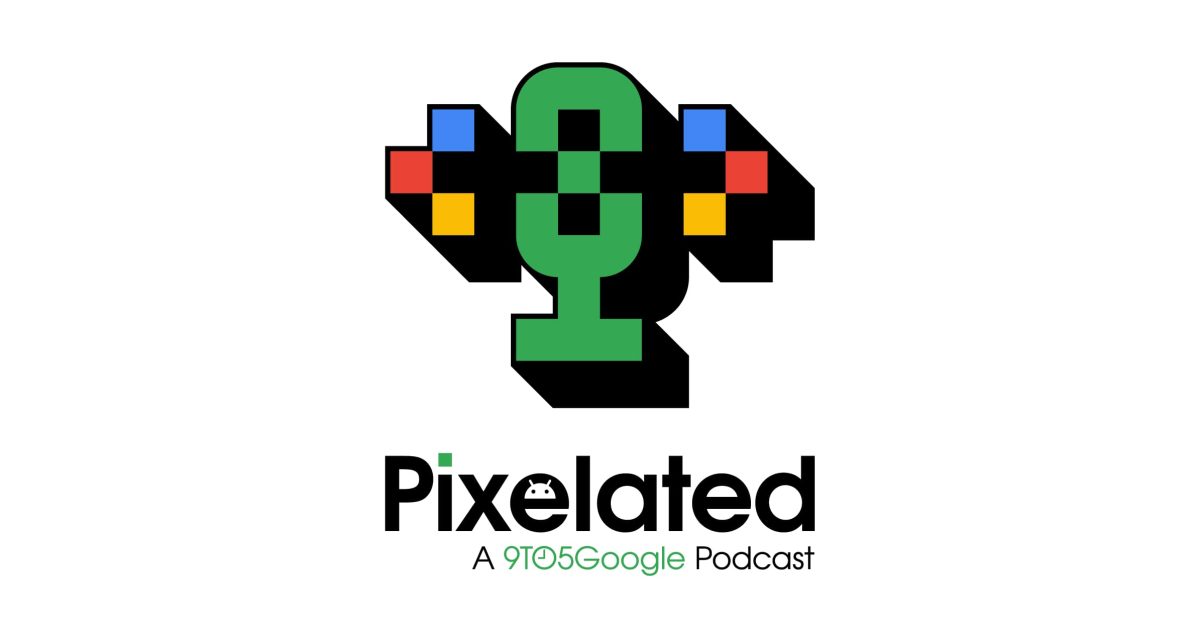
Is the ultra-slim smartphone race already over?
Welcome to episode 74 of Pixelated, a podcast by 9to5Google. This week, Abner, Damien, and Will turn their attention to the rumored cancellation of next year’s Galaxy S26 Edge. The trio discuss what this means for the S25 Edge’s…
Continue Reading
